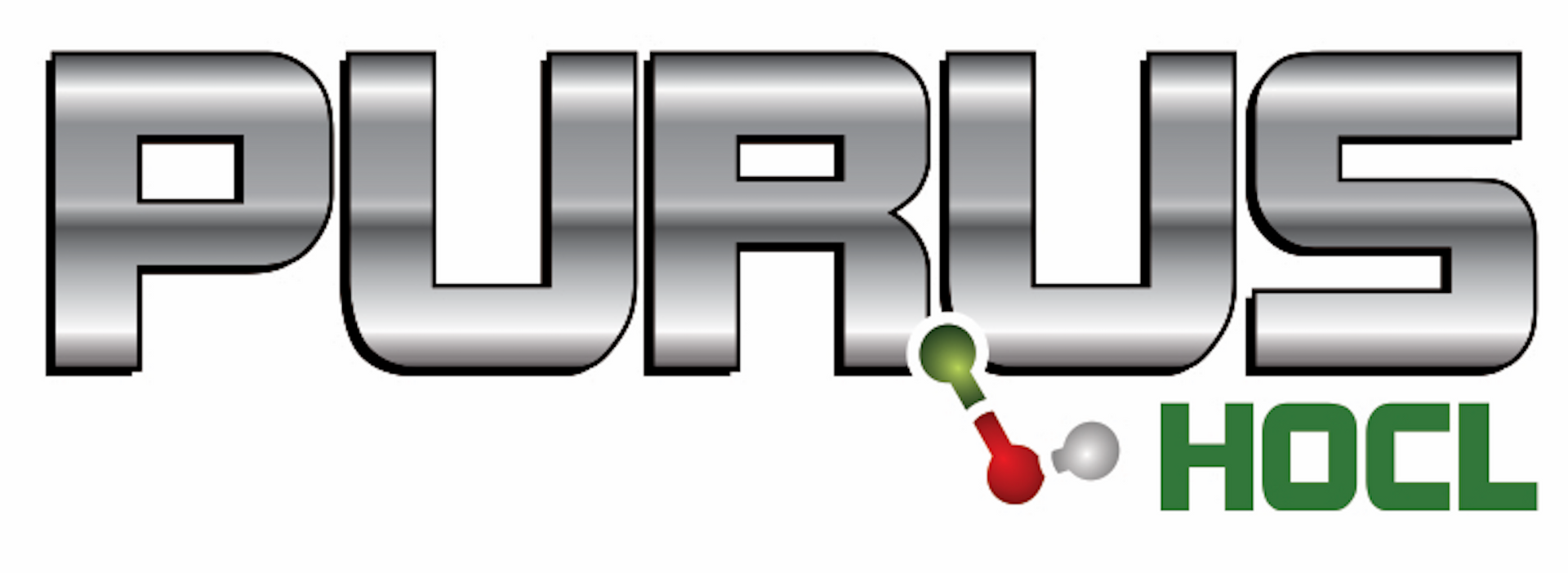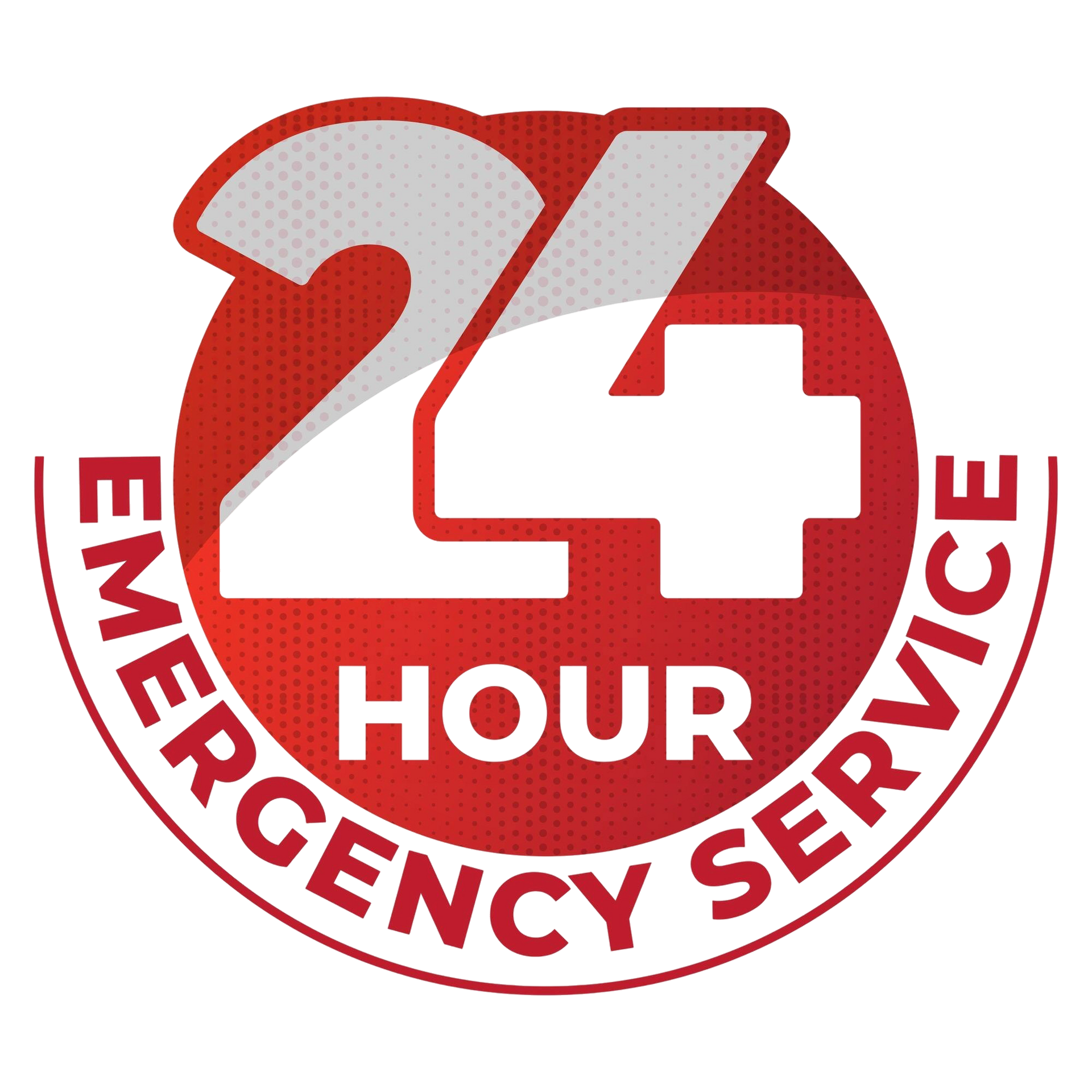Biohazard Cleanup Lexington, KY
Biohazard cleanup safely removes and disinfects hazardous materials like blood, bodily fluids, and pathogens from crime scenes, deaths, hoarding sites, or accidents. This critical service prevents disease spread and restores the area to a safe condition, protecting both occupants and responders from serious health risks.
Call 24/7:859-448-7893
Biohazard cleanup involves the safe removal and disinfection of hazardous materials such as blood, bodily fluids, or other bio-contaminants from a site. This process is essential after traumatic events, crime scenes, or accidents to eliminate health risks and restore safety. We are trained professionals that use specialized equipment and follow strict protocols to ensure thorough decontamination and proper disposal.
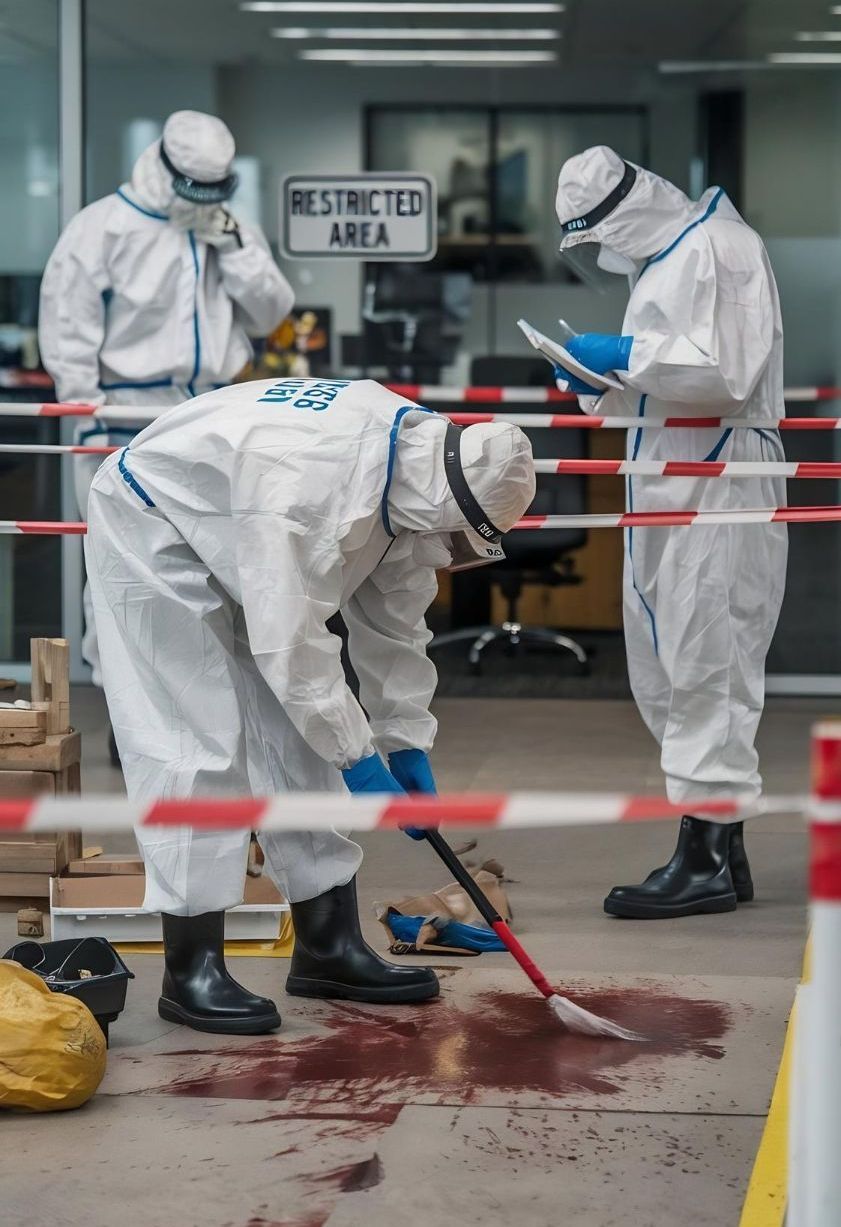
Biohazard Cleanup
Biohazards include any substance that poses a health risk to human and other living organisms. Common biohazards include medical waste, drug paraphernalia and supplies, blood and bodily fluids, biological material, and toxic chemicals. Do not try to clean up biological hazards on your own, as there is a potential risk of spreading contaminants.
Biohazard cleanup and remediation is about restoring your life in the aftermath of a tragic event or traumatic experience. Our compassion and professional crews are here to guide you through the remediation process. We document the scene and all work to simplify your insurance claims process and can even work directly with your insurance company.
Our goal is to restore your home or business to its original, livable condition. We begin by removing and disposing of potentially infectious and hazardous materials according to industry standards and government regulations. Our biohazard cleanup specialists then decontaminate and sanitize all affected areas and items. Unfortunately, it may be necessary to discard some porous materials contaminated by hazardous materials.
Why Choose Us for Biohazard Services?

Certified Professionals
Our technicians are fully certified in crime scene cleanup and biohazard remediation, adhering to strict health and safety standards.
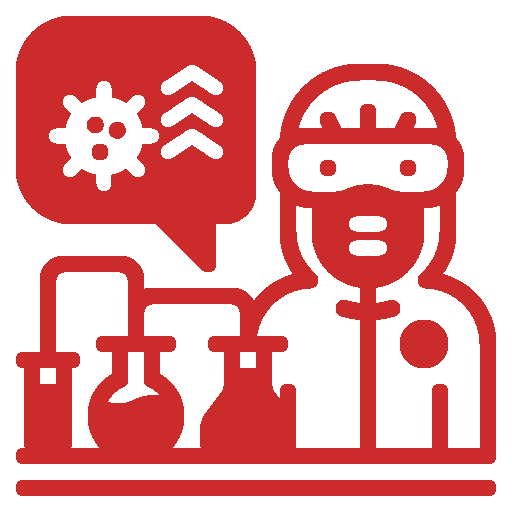
Cutting-Edge Technology
We use state-of-the-art equipment, advanced cleaning agents, and proven techniques to guarantee complete decontamination and disinfection.

Licensed, Insured, Certified
We are fully certified and licensed, ensuring our team meets all industry standards for safety, compliance, and professionalism.

24/7 Emergency Response
Disasters can happen anytime—day or night. That’s why we’re available 24/7 to provide fast, reliable assistance whenever you need it.

The Process of Cleaning Up Biohazard Areas
Crime scene cleanup is a specialized service focused on cleaning, sanitizing, deodorizing, and safely disposing of biohazardous materials at sites of traumatic events such as suicides, homicides, or accidental deaths. Trained professionals follow strict procedures to thoroughly decontaminate the area, ensuring it is safe for future use. This critical service helps restore the affected space with care, precision, and respect for those impacted.
Evaluating and Stabilizing the Area
Before starting any cleanup, especially in biohazard or trauma situations, securely assessing the scene is critical for safety and compliance. Here are the key steps:
Ensure Personal Safety: First responders or cleanup professionals must wear appropriate personal protective equipment (PPE) such as gloves, masks, and suits.
Secure the Area: Restrict access to unauthorized individuals to prevent contamination and preserve the scene for legal or investigative purposes if needed.
Identify Hazards: Look for potential risks like biohazards (blood, bodily fluids), sharps (needles, glass), structural damage, or chemical exposure. Assess any immediate threats to health or safety.
Coordinate with Authorities: If the scene is part of a crime, unattended death, or drug lab, coordinate with law enforcement or emergency personnel to confirm it's cleared for entry.
Ventilate the Area: If safe to do so, increase airflow by opening windows or using fans to reduce exposure to airborne contaminants.
Document the Scene: Take photos and notes to create a record before any cleanup begins. This helps with insurance claims, legal documentation, or internal tracking.
Develop a Cleanup Plan: Based on the assessment, create a detailed plan outlining steps for containment, cleaning, disinfection, and disposal of materials.
Each of these steps ensures the safety of the crew, compliance with health standards, and effective remediation of the contaminated area.
What specific safety protocols are followed during a crime scene cleanup?
1. Use of Personal Protective Equipment (PPE):
Cleanup crews wear full-body suits, gloves, goggles, face shields, and respirators to prevent exposure to bloodborne pathogens and airborne contaminants.
2. Biohazard Containment:
The area is isolated to prevent the spread of hazardous materials. Containment barriers or negative air pressure systems may be used to control contamination.
3. Bloodborne Pathogen Standards:
All cleanup activities adhere to OSHA's Bloodborne Pathogens Standard, which includes handling, removal, and disposal of any materials contaminated with blood or bodily fluids.
4. Proper Disinfection and Decontamination:
Hospital-grade, EPA-approved disinfectants are used on all surfaces. Multiple passes may be required to ensure complete sanitation.
5. Safe Removal and Disposal of Biohazardous Waste:
All contaminated materials—such as furniture, flooring, clothing, or porous items—are properly bagged, labeled, and disposed of in accordance with federal, state, and local regulations.
6. Ventilation and Air Quality Control:
Air scrubbers with HEPA filters are often used to remove airborne particles and odors, ensuring the air is safe to breathe during and after the cleanup.
7. Detailed Scene Documentation:
All steps taken are documented for legal, insurance, and compliance purposes, including before-and-after photos and a written summary of the work performed.
8. Training and Certification Compliance:
Only certified technicians trained in trauma scene remediation and biohazard handling are allowed to perform the work, ensuring it meets industry standards and legal requirements.
These protocols are essential to protect health, ensure regulatory compliance, and return the affected area to a safe and habitable condition.
Decontamination and Disinfection
After removing all biohazardous materials, the site is thoroughly disinfected using EPA-approved products and protocols. Cleanup crews focus on sanitizing high-touch surfaces and all affected areas to eliminate lingering pathogens, ensuring the environment is fully safe for future use.
Odor Removal
Crime scenes may leave behind strong, lingering odors from decomposition or chemical exposure. After cleaning, the crew uses advanced odor neutralizers and air purification systems to eliminate unpleasant smells, ensuring the space is both clean and comfortable.
Removing the Biohazardous Materials
Removing biohazardous materials is a crucial step in the cleanup process, as blood, tissues, and bodily fluids can carry dangerous pathogens like HIV and hepatitis. To protect health and safety, cleanup crews use specialized equipment—including PPE, HEPA vacuums, and biohazard waste containers—to safely collect and dispose of all hazardous substances in compliance with strict regulations. This step ensures the area is thoroughly cleared of any potential biological threats.
Final Inspection
After the cleanup is complete, a final inspection is performed to verify that all biohazards have been thoroughly removed and the area meets safety and sanitation standards.
Your Trusted Experts in Biohazard Cleanup
Certified Cleanup Professionals
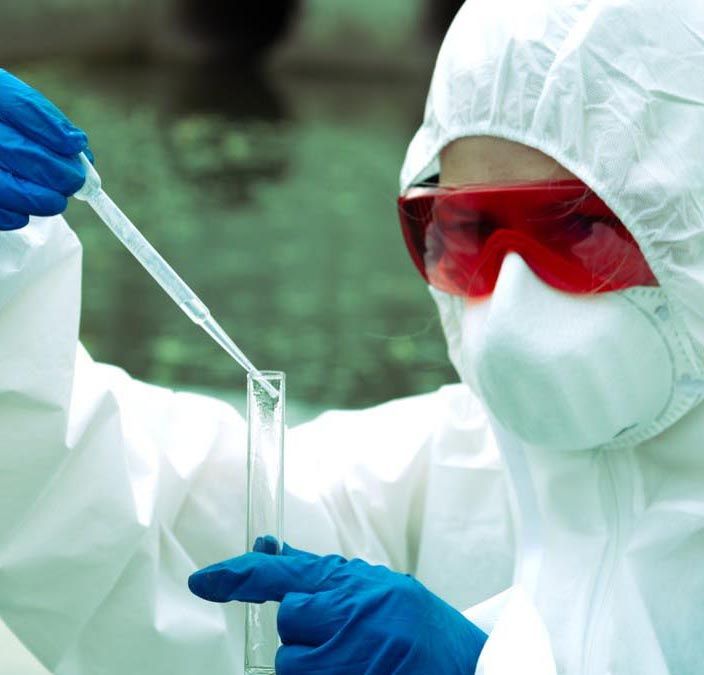
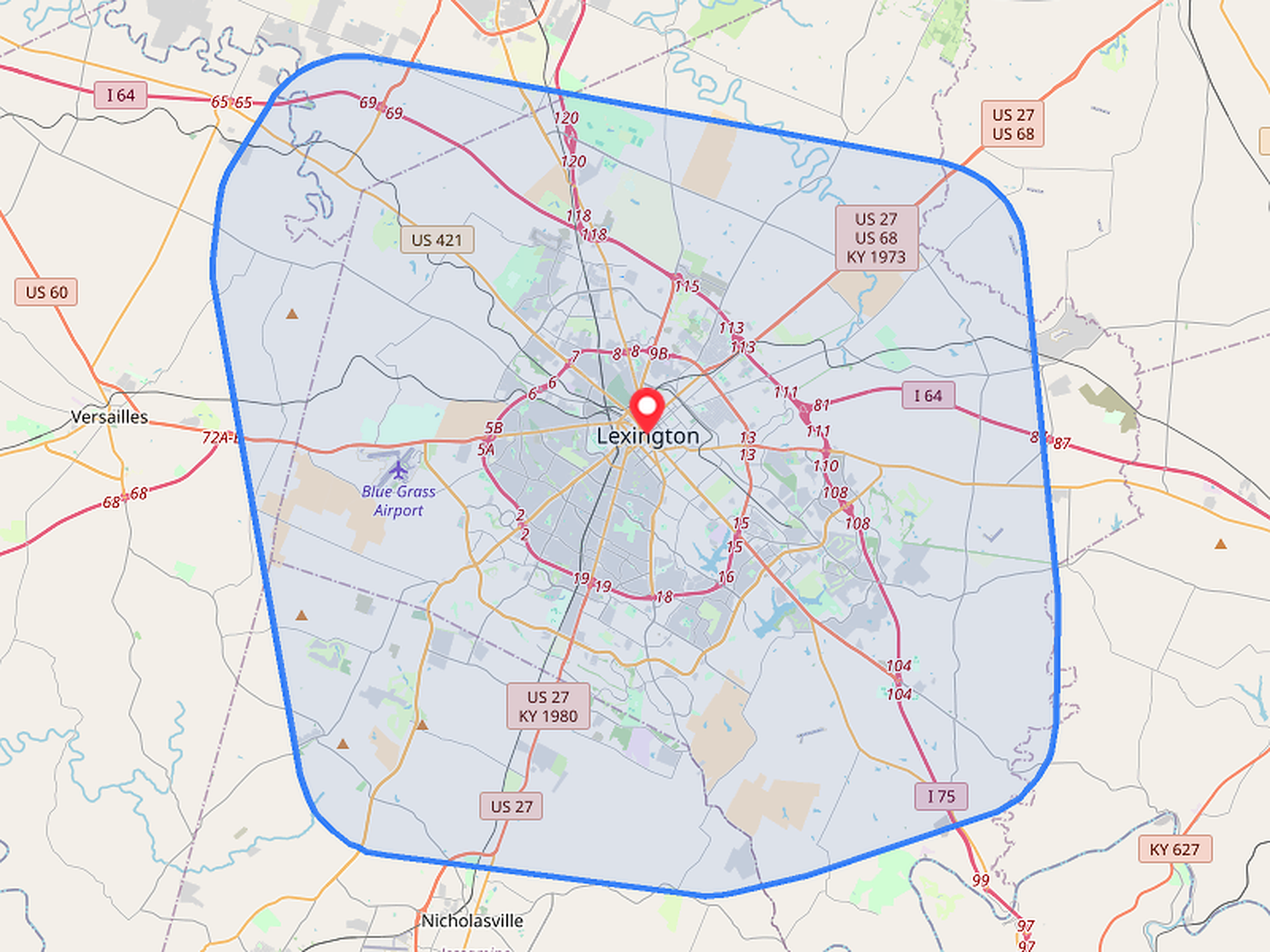
Serving Lexington, KY, and All Surrounding Areas
Lexington
Nicholasville
Georgetown
Winchester
Versailles
Paris
Wilmore
Midway
Athens
Centerville
Keene
Pinckard
